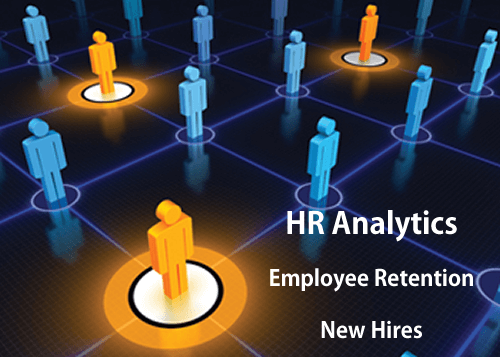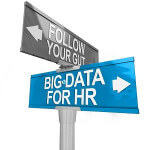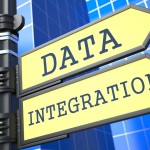
Predictive Analytics is being adopted in many disciplines, but what about HR? According to research by Accenture only 40% of organizations are engaging in Analytics and Predictive Analytics for the HR function.
Analytics can have a significant impact in workforce planning and the overall HR function. Creating a predictive view of talent resources across locations inside and out of the organization can translate in significant savings and a stable workforce. HR analytics provides answers to complex questions of hiring and retaining employees. Replacing employees who leave is like replacing customers who defect from your company. It costs more to acquire a new employee than to retain.
Below is an example in applying Predictive Analytics to the HR function.
A case study from Accenture tells the story of a life insurance company that was experiencing 100% turnover among managers at its affiliated agency locations. The company’s outsourcing provider used analytics to determine the actual predictors of success — i.e. predictive analytics — in terms of performance and retention of these workers. The company changed its hiring profile in light of this new information, and six months later new-hire attrition decreased by 50%, and its new-hire performance rose by more than 100%.
A second case study of a communications company that set out to understand the drivers of employee absenteeism at its call centers. One hypothesis was that a major cause of absenteeism was the distance between an employee’s home and the center. Data analysis showed, instead, that a much more important factor was the employees’ family obligations, including caring for aging parents or young children. By pinpointing the right cause and not chasing the wrong answer, the company saved both time and money.

 It’s important that you don’t wait for “perfect” data. Standardizing global HR systems to improve the data environment is a long-term challenge, but it’s possible to gain useful insights in the short-term by doing basic data cleanup and analysis though data aggregation and transformation using tools such as SQL and SAS.
It’s important that you don’t wait for “perfect” data. Standardizing global HR systems to improve the data environment is a long-term challenge, but it’s possible to gain useful insights in the short-term by doing basic data cleanup and analysis though data aggregation and transformation using tools such as SQL and SAS.
HR issues impact performance right across the organization. This is why talent analytics should be part of an overall analytics roadmap.
HR now has tools at its disposal to provide this advantage. Except there’s a small problem. According to data on HR analytics from Bersin, only 14% of organizations were engaged in strategic or predictive analytics, where the needed business insights occur. The level of predictive analytics is where HR develops predictive models and integrates with the organization’s strategic planning. The majority of organizations, however, are not doing this, yet.

